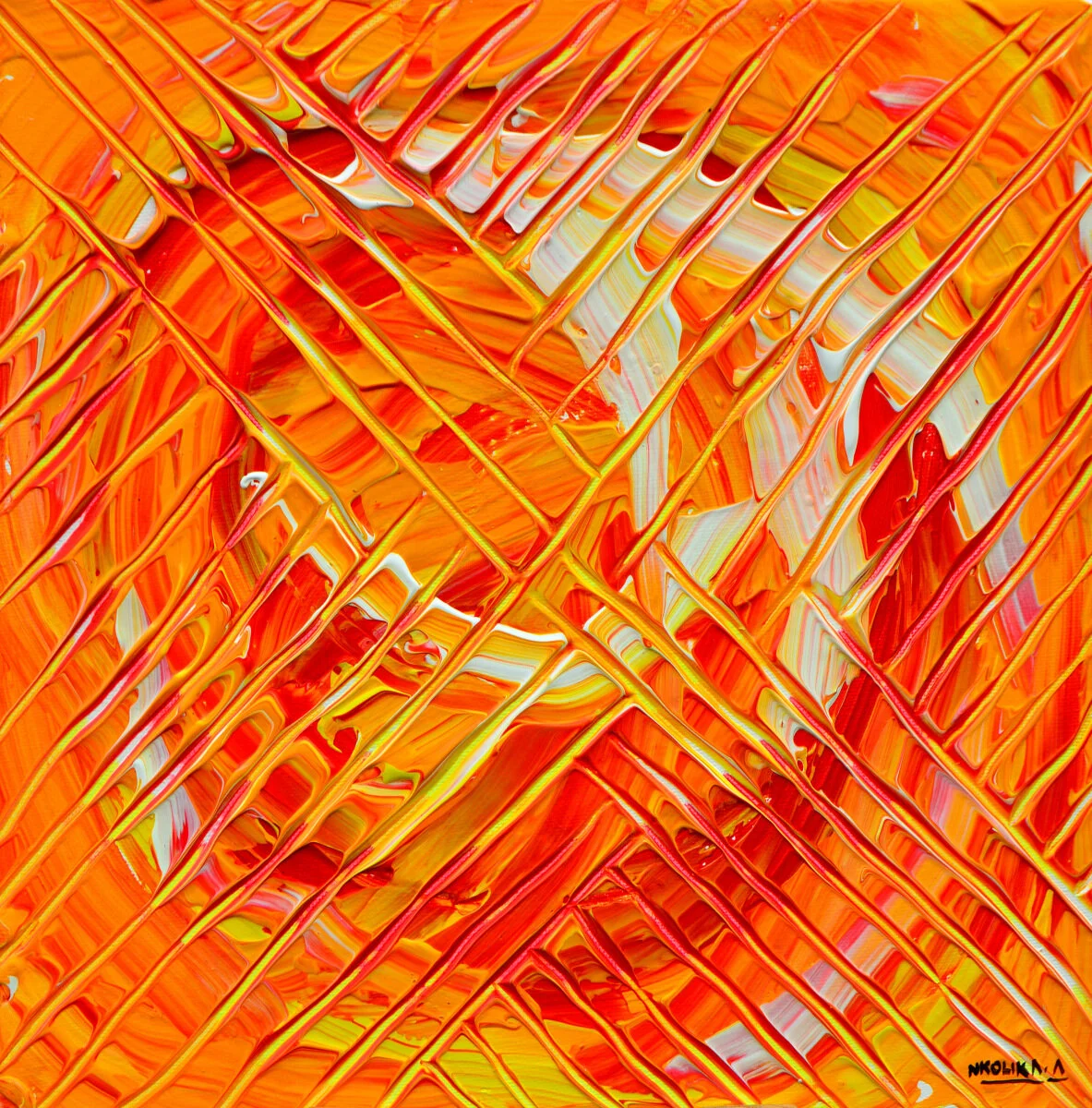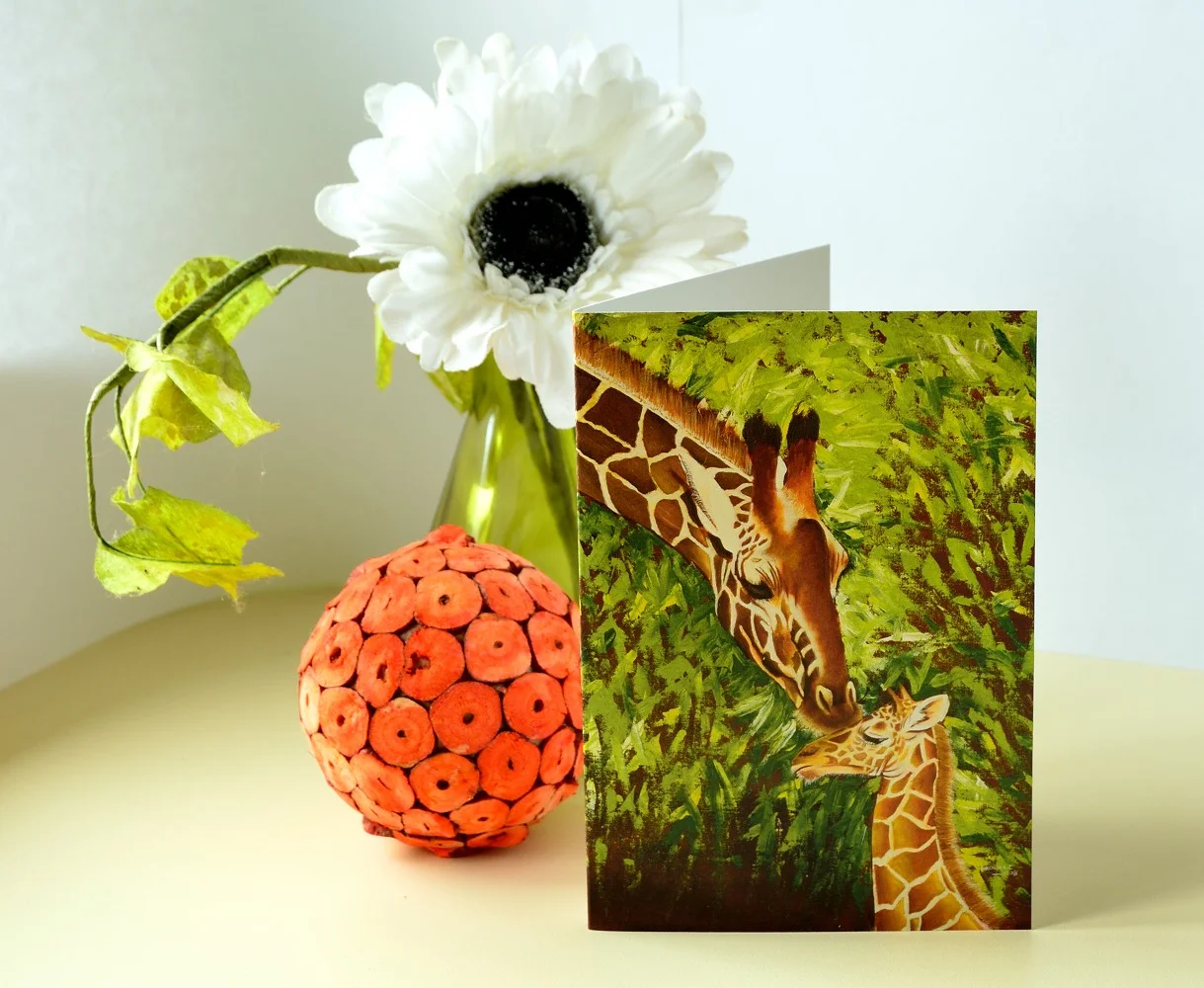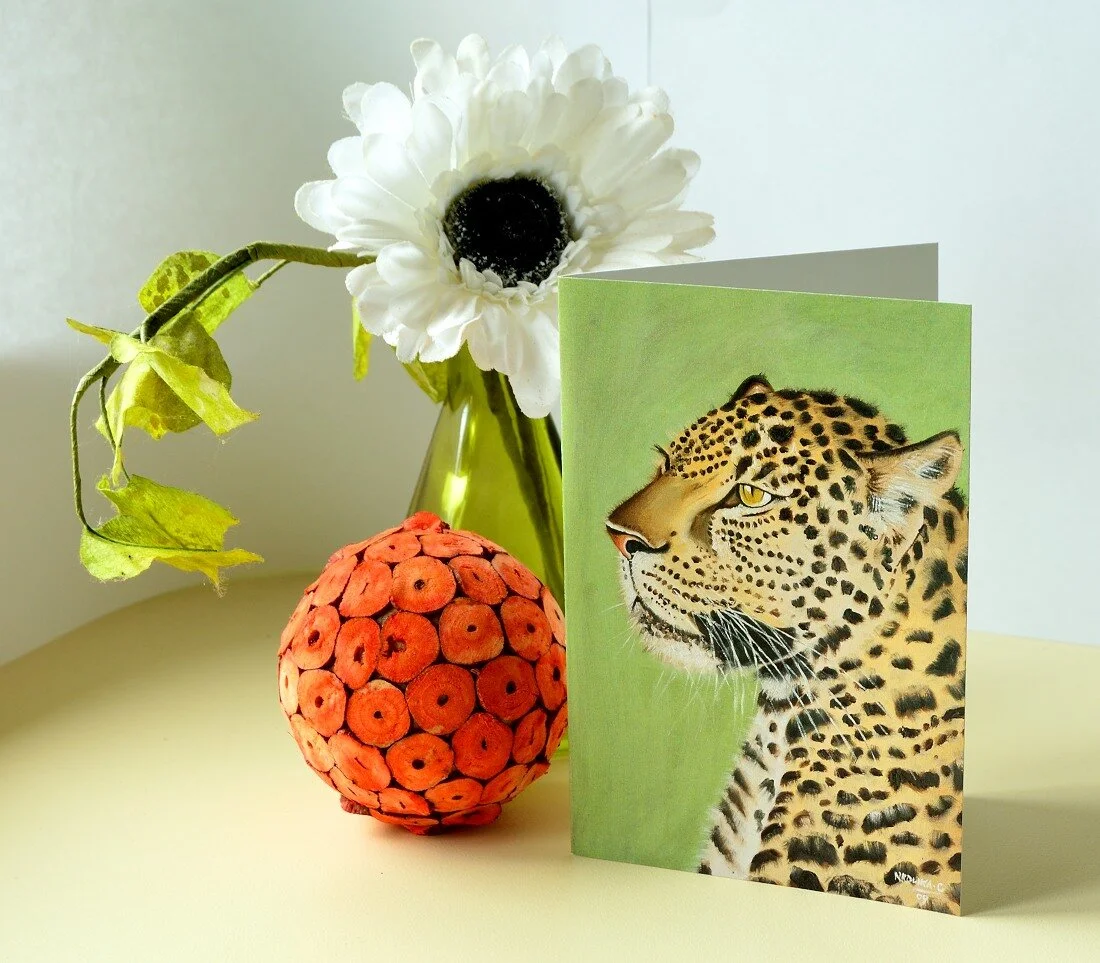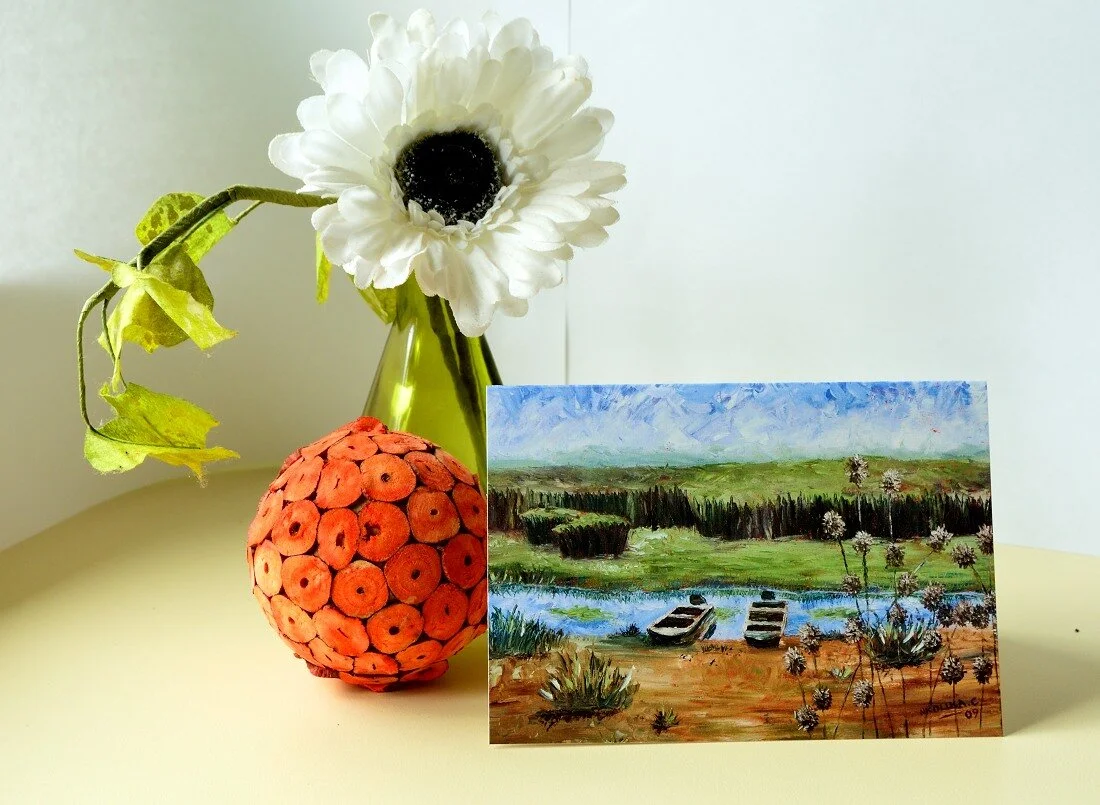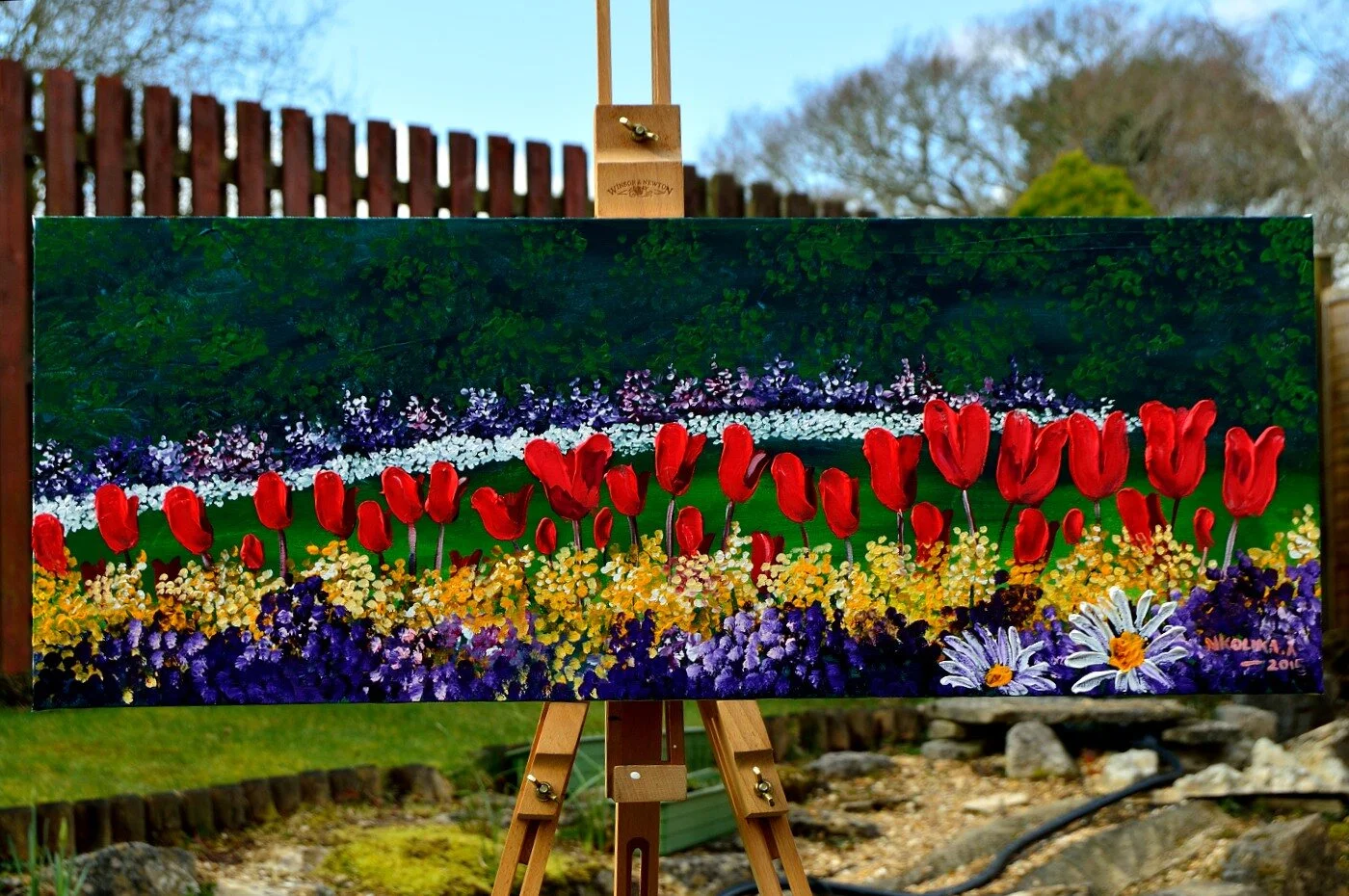How To Use Oil Paints
I am a very practical person, more of a D.I.Y person who has come a long way by being willing to learn as much as I can about things I am passionate about.
Using Oil paint can be quite daunting thus you need some tips to guide you. I remember the very first time I bought a tube of Oil paint back in 2000; I had no clue how to use it. All I knew was that I needed to use it because I loved the results I knew it produced.
Of course, there was a lot of trial and error (many of which resulted in outcomes I found myself marvelling at!!) but the more I used it the more I fell in love with it. More than 15 years later I am still using Oil paints and I cherish those formative years.
Below are some tips I employ when using Oil paints. They have helped me (...still help me) and I hope they would help you too.
WORK FROM THIN TO FAT
Use less Oil Paint Medium on the upper layers of your painting. This is a golden rule in oil painting and it ensures that your finished work does not crack. This is mainly because Oil paints dry over a long period of time and they use up surrounding moisture as they dry, thus if the upper layers are thin they would lose a lot of moisture during the drying process.
CLEAN YOUR BRUSH OFTEN
Always have a piece of newspaper, kitchen tissue or cloth beside you for wiping off your brush. During a painting session, it is easy for the painting brush to pack in a lot of paint. Having something to clean off the excess paint is especially useful in keeping your brush light.
3. MAKE SURE YOUR PAINTING SURFACE IS FREE OF DUST.
4. ALWAYS PAINT IN A WELL VENTILATED ROOM.
Oil paint is made of toxic materials which can be dangerous. The other media used with oil paint are also toxic especially Turpentine (see tip #9). Thus it is important to work in well-ventilated rooms so as to ensure that you do not inhale the fumes.
5. DO NOT USE BLACK AS UNDERPAINTING.
Use earth colours (Raw Umber, Burnt Umber, Raw Sienna or Burnt Sienna) or any other colour you wish to use.
6. BE CONFIDENT.
Everyone started somewhere and the most difficult step is usually the very first one. You are as good an Artist as you believe. I have always been of the opinion that anyone can paint.
7. MAKE SURE THE LIDS AND TOPS OF YOUR OIL PAINTS ARE SCREWED ON TIGHTLY.
This is to prevent your paints from caking up while in the tube.
8. USE A MILD SOAP TO CLEAN YOUR BRUSHES
Clean your brushes first then use a mild soap. There are several brush cleaners around and they also extend the life of your brush. I currently use The Masters Brush Cleaner and Preserver.
9. STOP USING OIL PAINT IF YOU START FEELING UNWELL
I remember the first time I reacted to turpentine. I developed burning red eyes, a running nose and a cough with associated generalized body itching. All this stopped when I gave myself a break entirely from painting for some weeks and when I resumed painting; I kept away from turpentine.
The lesson here is to be vigilant and recognise any adverse effects early.
10. AVOID MIXING TOO MUCH AT A TIME
When mixing your paint; avoid mixing much at a time so as to keep your paints fresh.
11. PRIME YOUR CANVAS OR PAINTING SURFACE
Use Oil or Acrylic-based primers to prime your canvas or painting surface. This is to give your surface tooth and prevent them (especially canvas cloths) from soaking up your paints.
12. DO NOT BE AFRAID THAT YOUR OIL PAINTS WOULD DRY UP OVERNIGHT.
They can still be used by removing the caked up upper layer. I have left Oil paints on my palette for weeks and they remain usable.
13. DO NOT SQUEEZE OUT TOO MUCH PAINT AT A TIME
Oil paint does take a long time to dry up when not mixed with a fast-drying medium. The reverse is the case when a fast-drying medium has been used because it may dry up on your palette.
14. DO NOT BE TOO BOTHERED ABOUT HOW THE FINISHED WORK WOULD TURN OUT.
15. AVOID INHALING THE PAINTS.
Or ingesting the paints because they are toxic. Some artists use face masks when painting in order to minimize the amount of paint that they inhale.
16. DO NOT BE AFRAID OF MAKING MISTAKES.
Oil paint is a very forgiving medium. You can make corrections even after your work is dry by simply repainting the area you wish to correct.
I hope you found these useful. Painting with Oil paints can be quite frustrating but that should not deter you because it is a beautiful medium and there are various Oil Painting Techniques you can use to bring out the best in your painting. Its forgiving nature makes it the best medium for beginners. So give it a try.
Have a look at some Oil Painting Techniques I have used.
Not too keen on Oils? Thinking of trying out Acrylic Paint? See my article on How To Use Acrylic Paint for tips on how to get started.
Do you have any tips of your own? Please feel free to share it.
All the best
Nkoli
"Originally published in 2009 © Nkolika Anyabolu"
